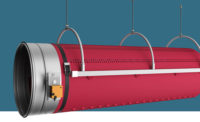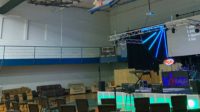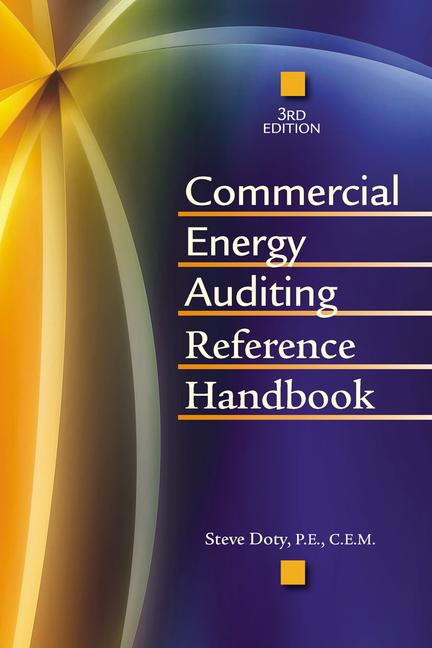The Mi-T-M Corp., an industrial power equipment manufacturer, is savings tens of thousands of dollars annually thanks to one contractor’s industrial ventilation design. The system provides indoor air quality for quality assurance painting, welding and laser cutting production line processes, as well as employee air comfort.
The Peosta, IA-based company said it retrofitted a 420,000-sq-ft former warehouse with sophisticated HVAC controls. However, it wouldn’t have been possible without a design team consisting of Mi-T-M’s former director of operations Patrick Siegert; and Daniel Fens, design/build engineer at project mechanical contractor All Seasons Heating & Cooling in Dubuque, IA. The team also tapped factory engineers at fabric HVAC duct manufacturer DuctSox Corp.; and mechanical equipment manufacturer Titan Air, Inc.
An ordinary installation might have involved a conventional rooftop ventilation system and exhaust fans with spiral metal duct. However, All Seasons thought outside the box and took advantage of recent HVAC technology advancements.
For example, the design team used the first industrial application of DuctSox’s new Skelecore FTS, a fabric ductwork in-duct cylindrical tensioning system, and combined it with high-efficiency TA Series make-up air units from Titan and industrial filtration systems by Donaldson, Inc.
What makes the system unique is All Seasons’ division of the concrete tilt-up facility into six zones, each having their own make-up air system that’s efficiently activated for partial or comprehensive ventilation or heating only when their respective production lines are operating. The design’s efficiency is facilitated by VFDs, modulating natural gas valves, and a variety of building pressurization sensors and controls overseen by the Metasys building automation system manufactured by Johnson Controls.
VFDs with fabric duct
If not for the Skelecore FTS concept — which maintains 100% fabric inflation — the project would have necessitated metal supply duct and an exorbitant installation cost. Skelecore FTS, which was originally designed to appease architects and building owners that didn’t like fabric duct’s inherent deflated appearance or wrinkling during idle or throttled air handler periods, makes textile duct and the design team’s variable speed airflow possible.
The rule of thumb on VFD use with conventional textile duct is static pressure loss will occur if the fabric is deflated 30% or more during operation. Therefore, the in-duct tensioning system’s ability to maintain 100% inflation, regardless of airflow, enables any airflow dictated by the BAS and eliminates the need of metal ductwork.
Siegert said conventional fabric ductwork (without an in-duct tension system) wouldn’t have been a good choice because HVAC system startups and the duct inflation process would have dislodged settled ductwork surface dust down onto the dust-free paint environment of the powder coat production lines.
VFDs and heat recovery
The variable airflow is key to the building’s efficiency. The ventilation system exhausts heat and airborne byproducts of nine Mitsubishi lasers and 50 Genesis Systems Group welding stations via metal duct to three 22,000-cfm and one 30,000-cfm outdoor Donaldson Torit air cleaners. Building pressure sensors and the BAS offset the exhaust with outdoor air to maintain a positive building pressure and optimum space temperature.
Bringing in a capacity of nearly 100,000 cfms of outdoor air is expensive to heat during Iowa’s winters. Therefore, heat from the powder coat ovens and the other heat-producing processes is recovered by the Torits and then filtered, cleaned and ducted to any of the six make-up air systems to energy-efficiently preheat outdoor air.
“The heat recovery saved Mi-T-M tens of thousands in energy last winter because they never needed to fire up auxiliary furnaces for heating the space,” said Fens. “Over the lifespan of the building the potential energy savings could amount to tens of thousands of dollars.”
Although little fine-tuning was done on the original project design, Fens admits the aftermarket programming of all operational sequencing has been challenging due to the many production line variables. Thus, Fens and Siegert continue tweaking the system to fit Mi-T-M’s evolving production schedules and to perfect building pressure while maintaining the highest degree of space temperature and IAQ through the least amount of energy use.






